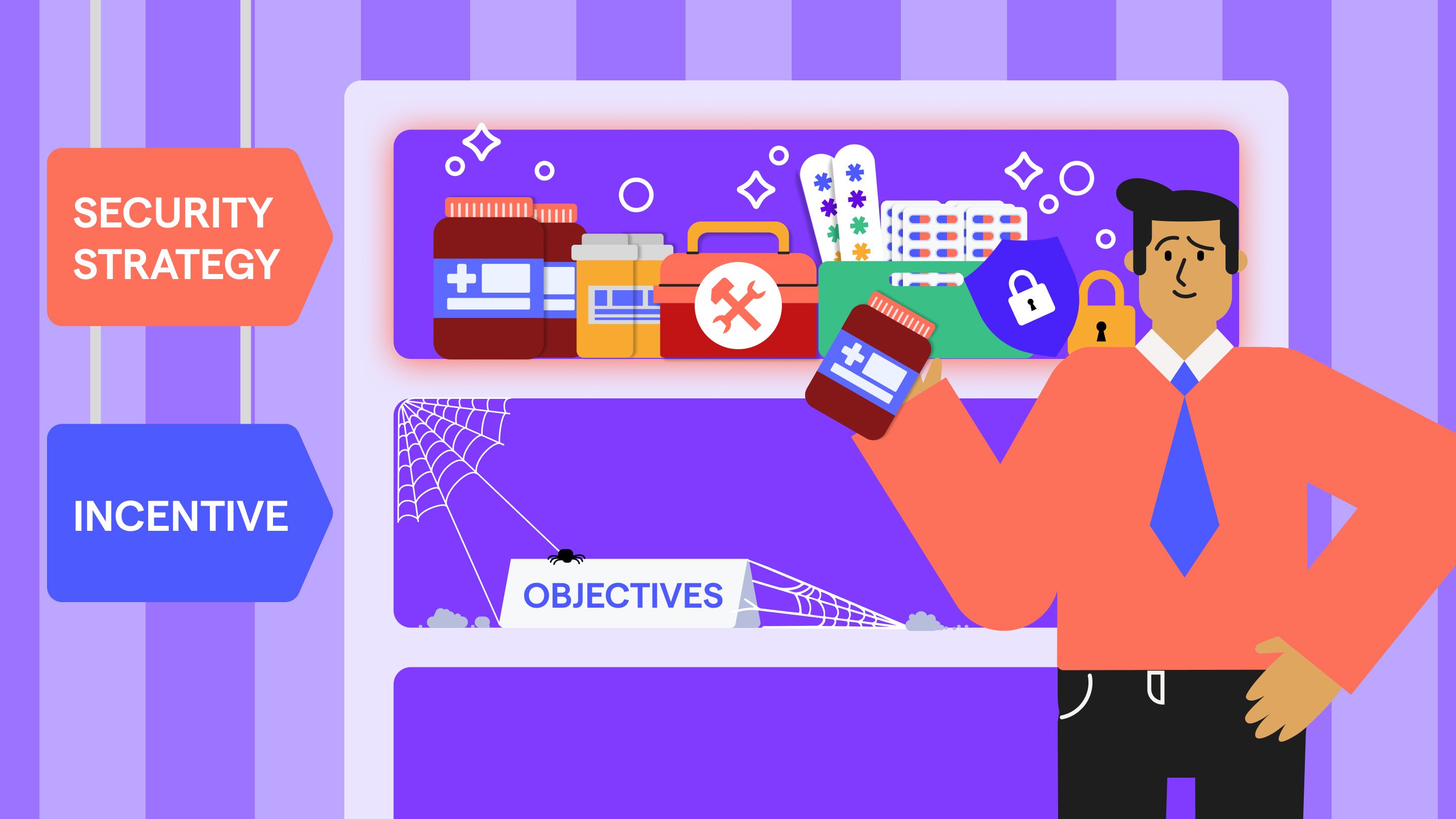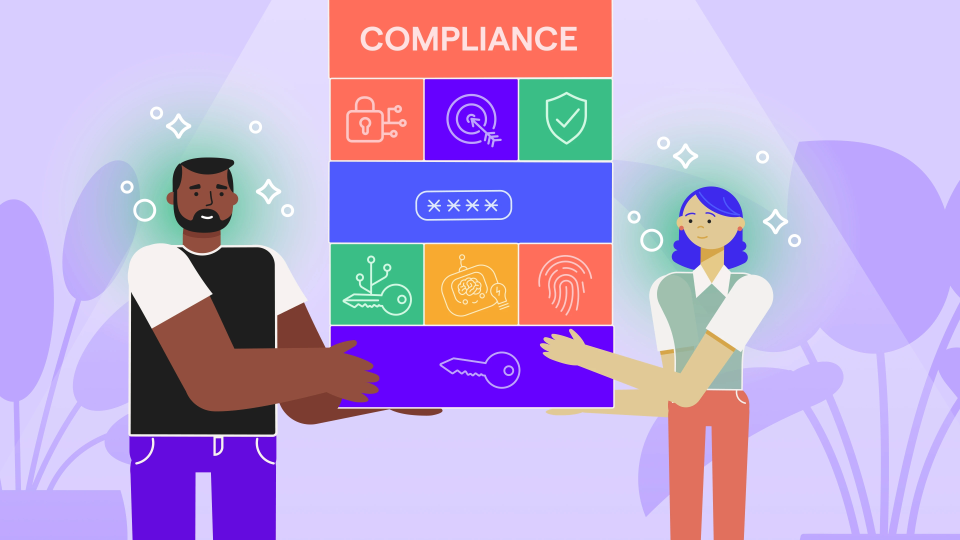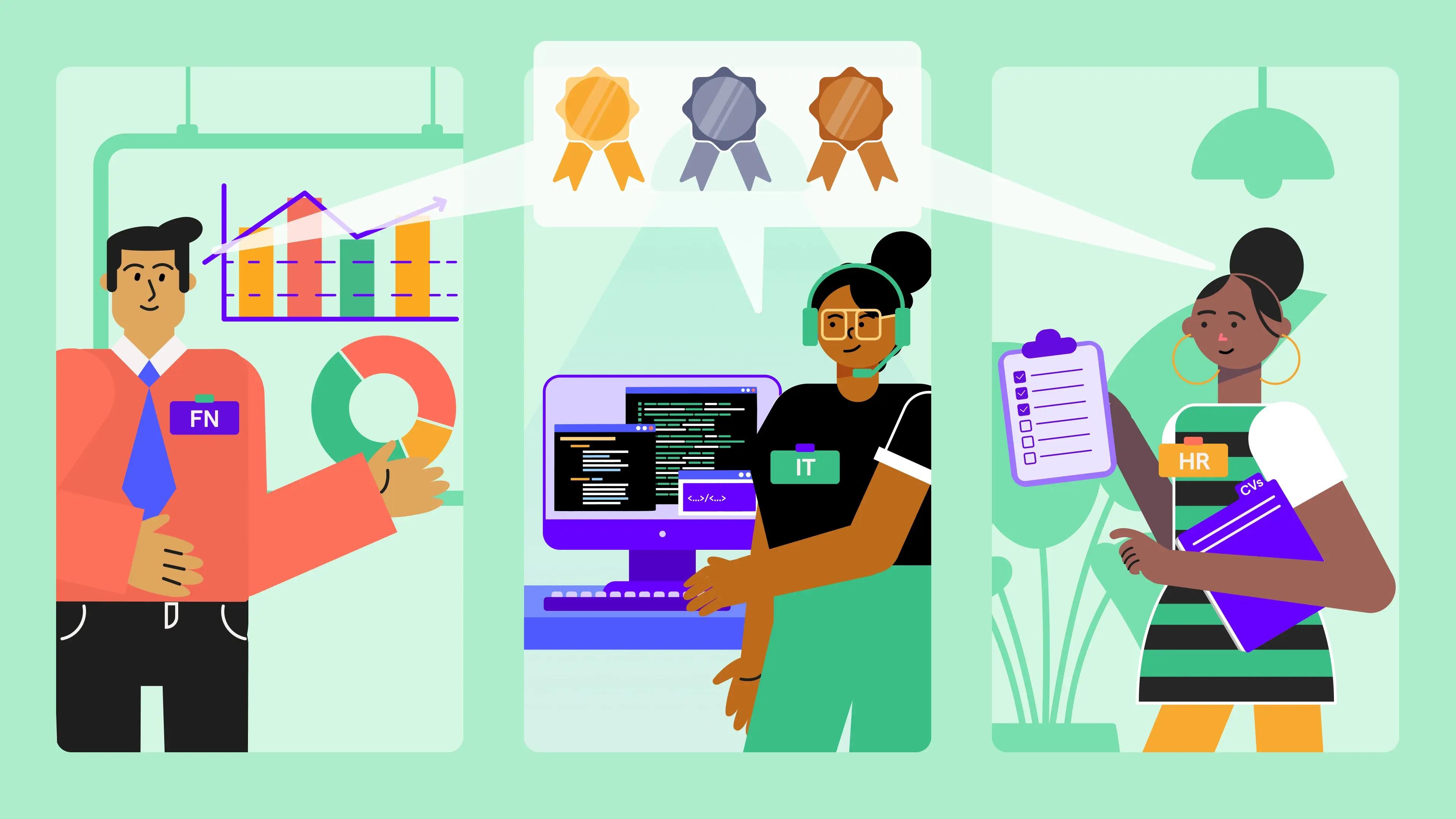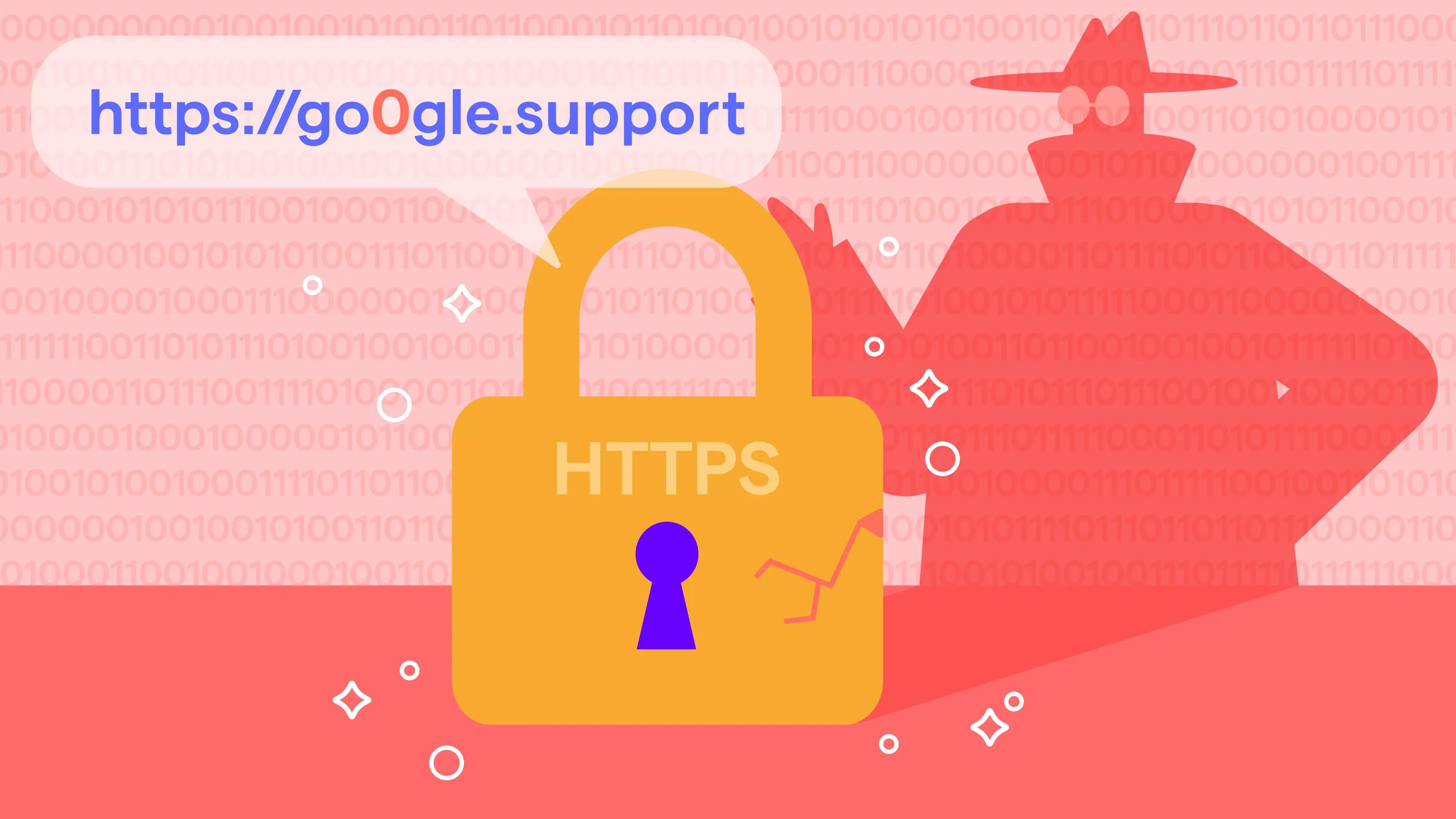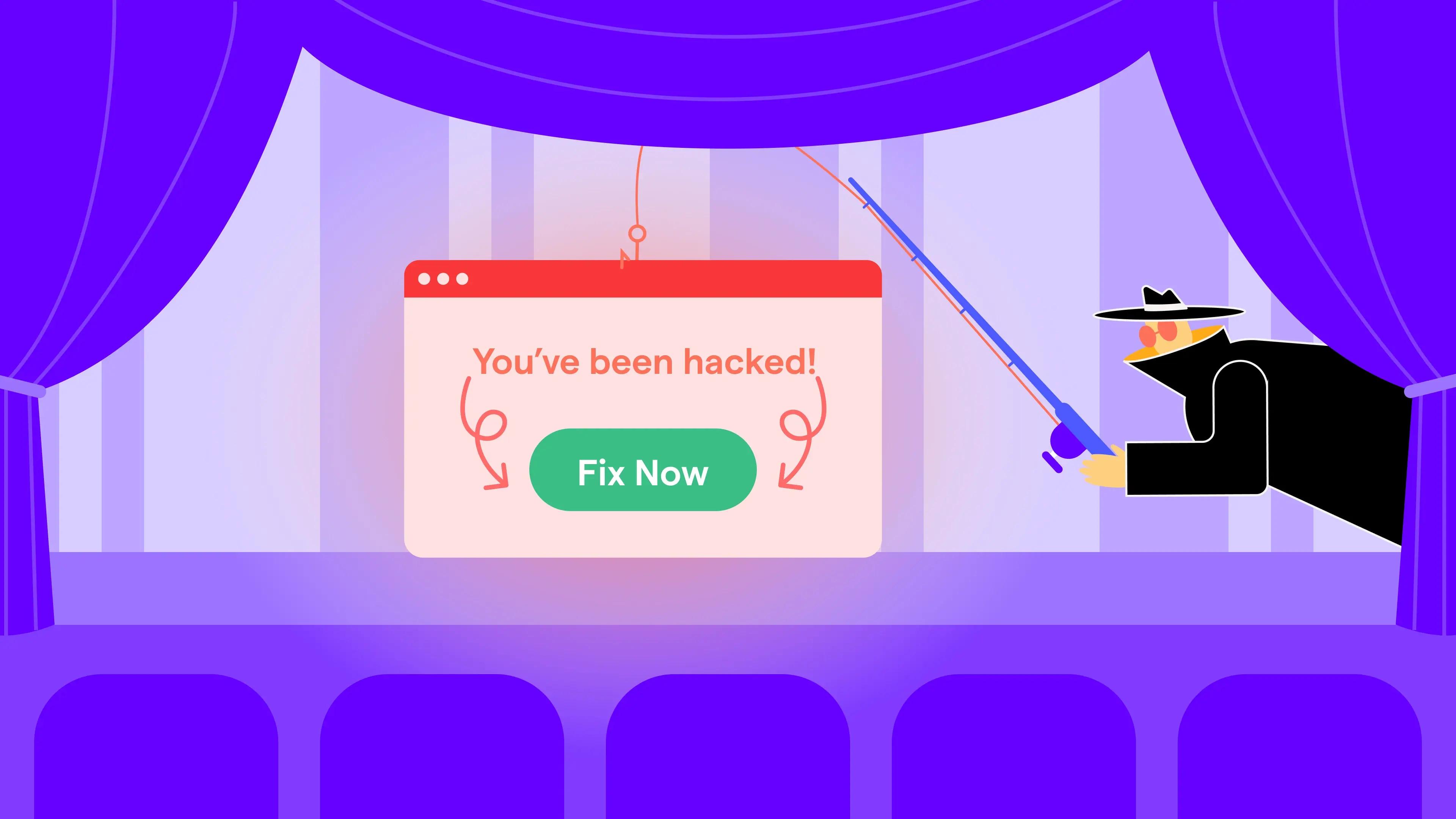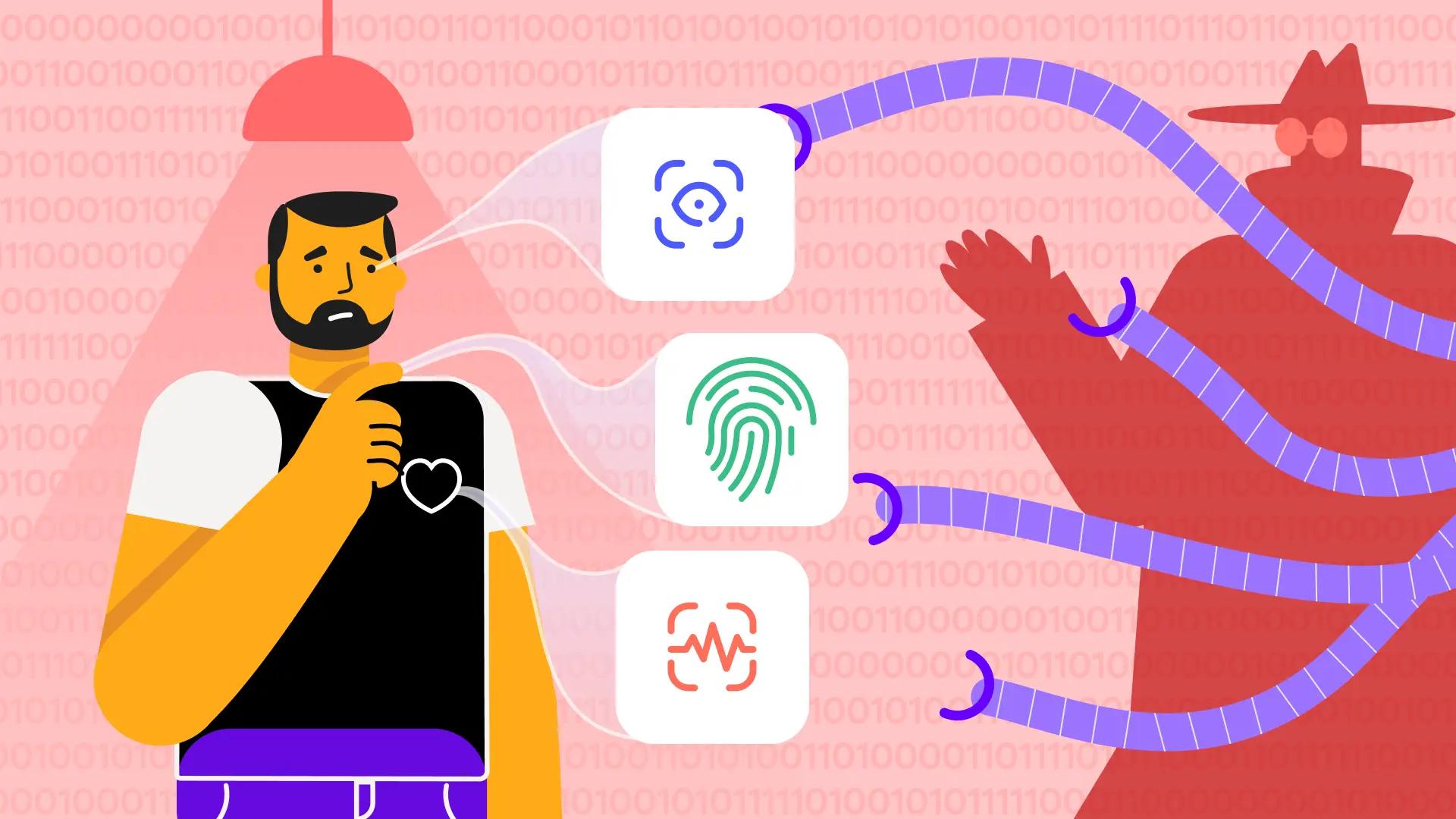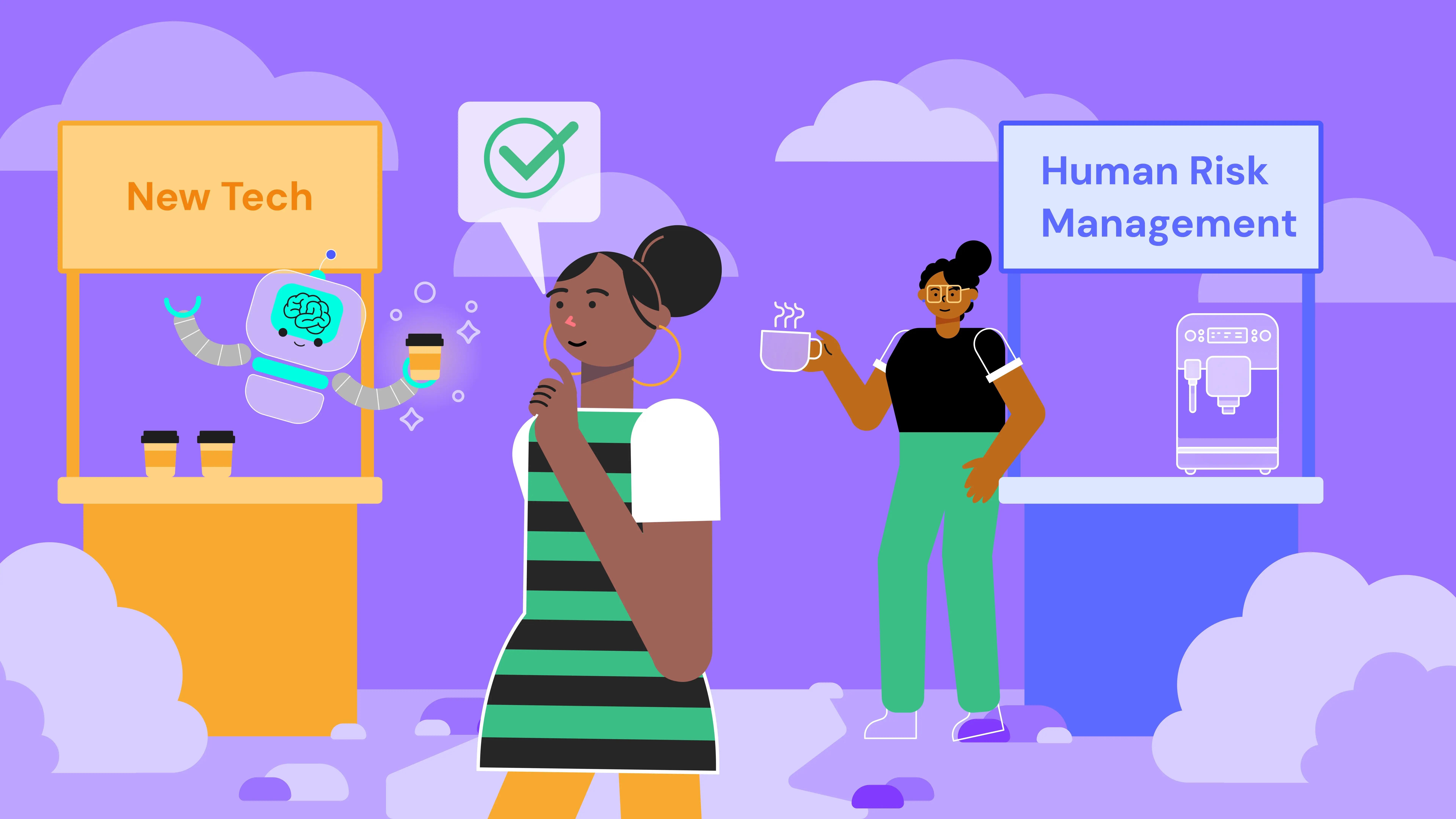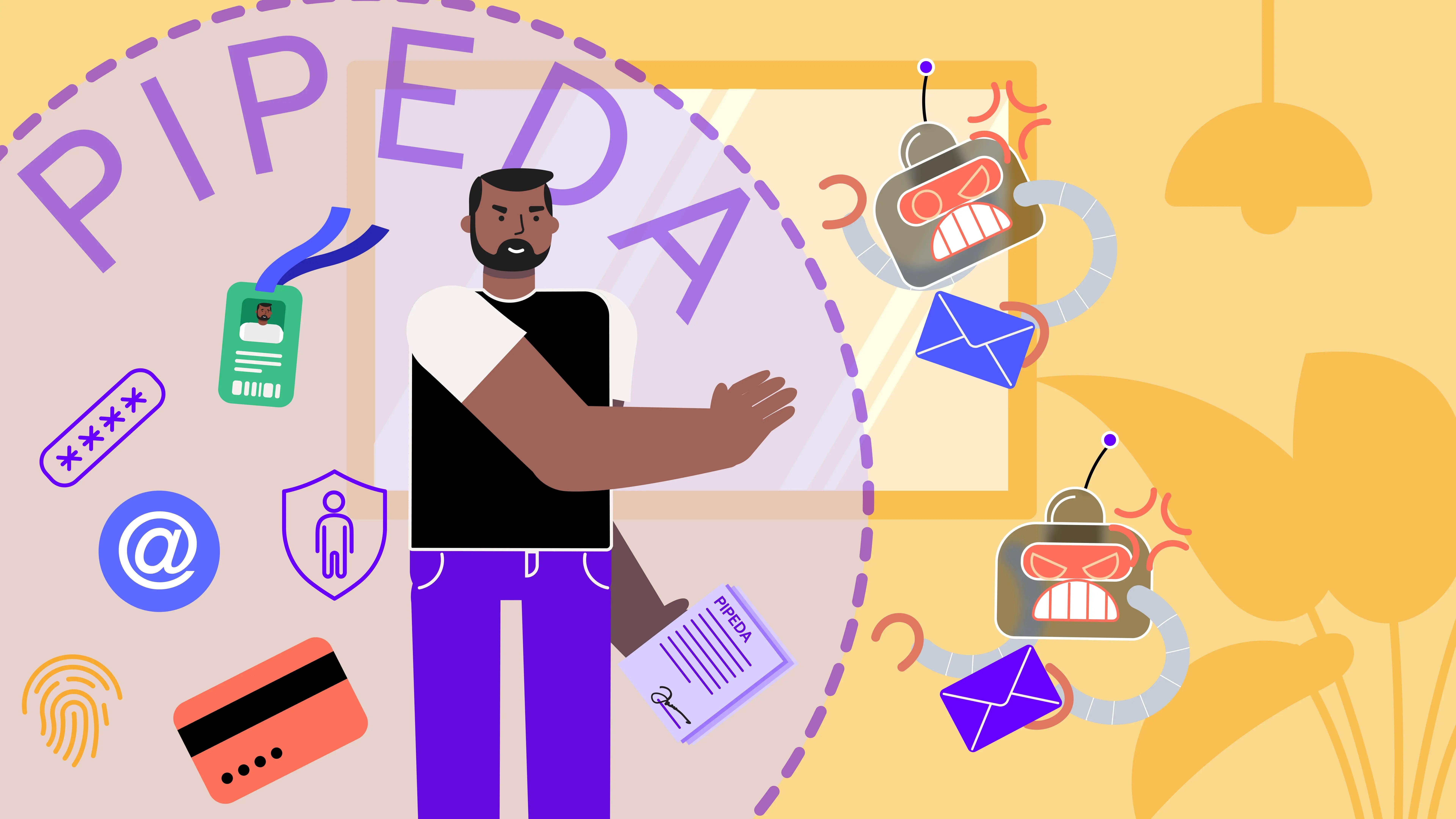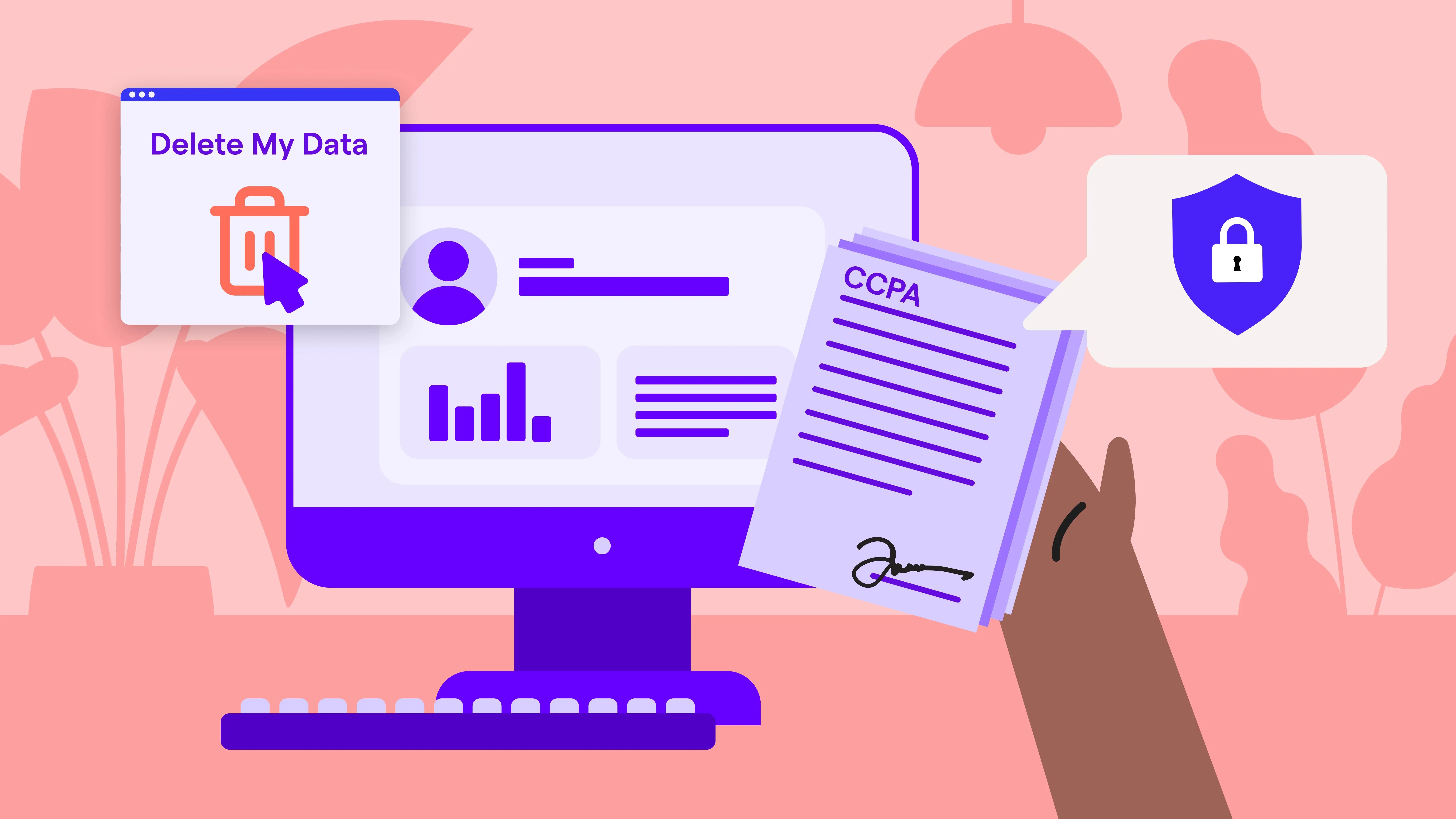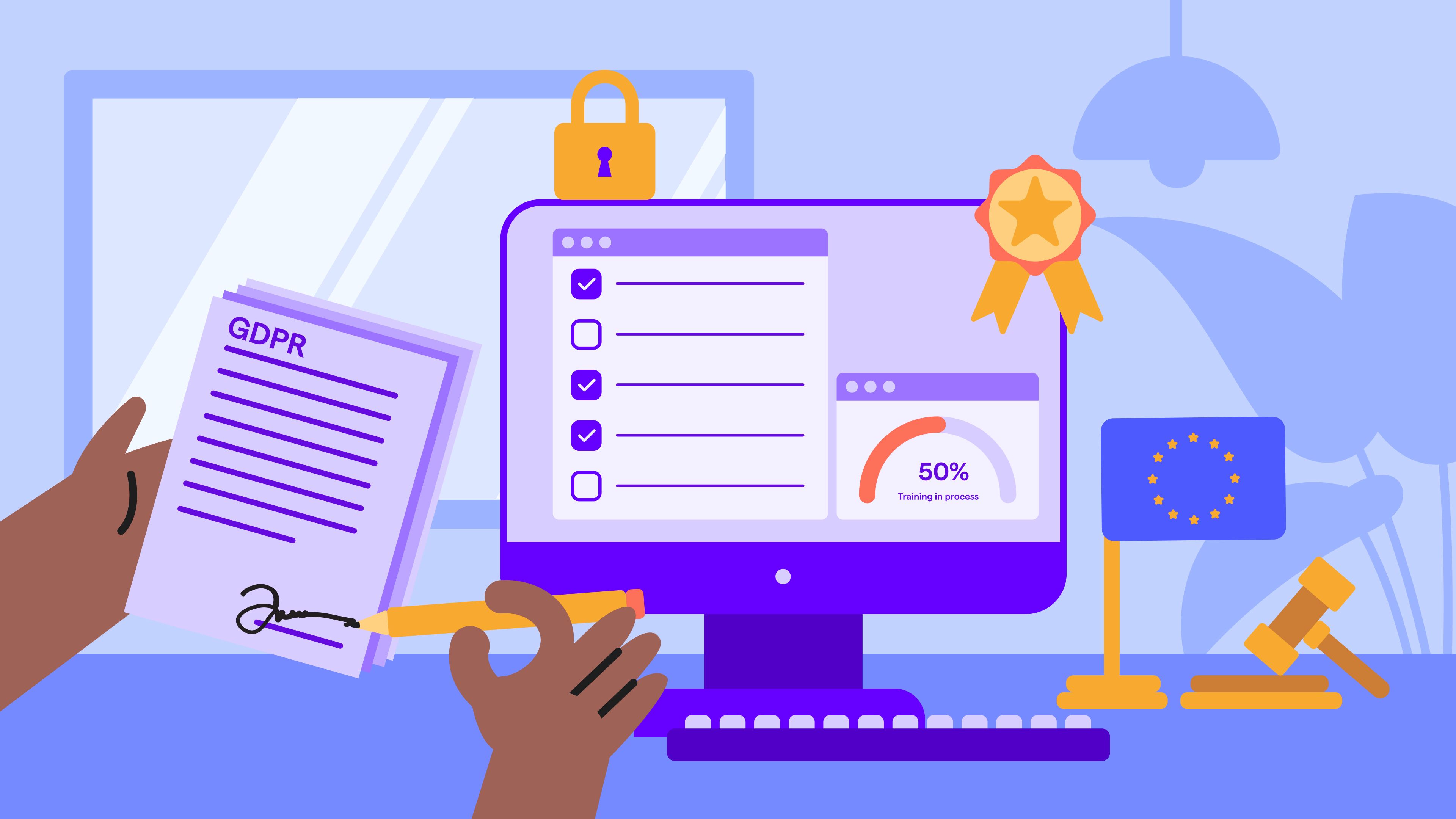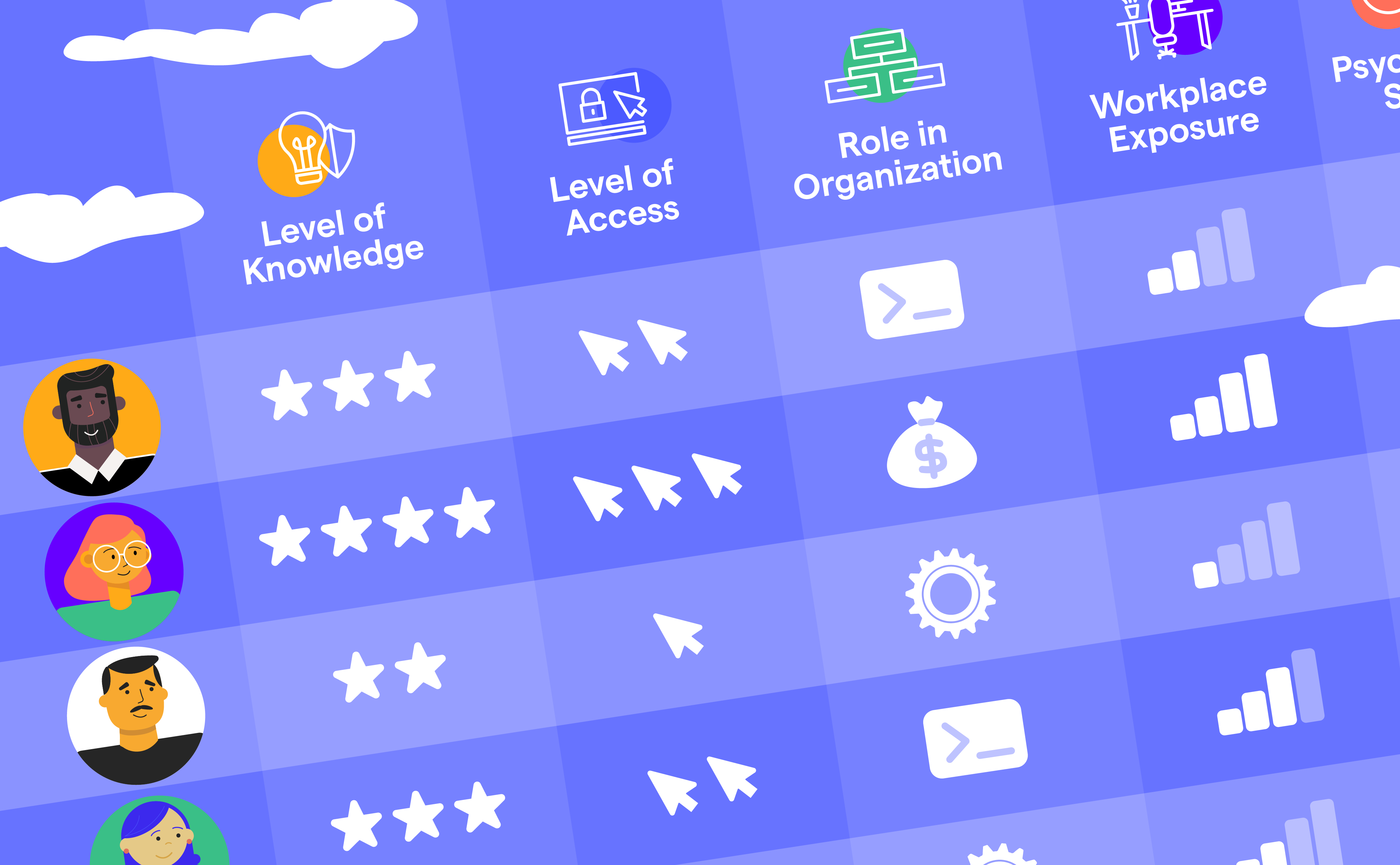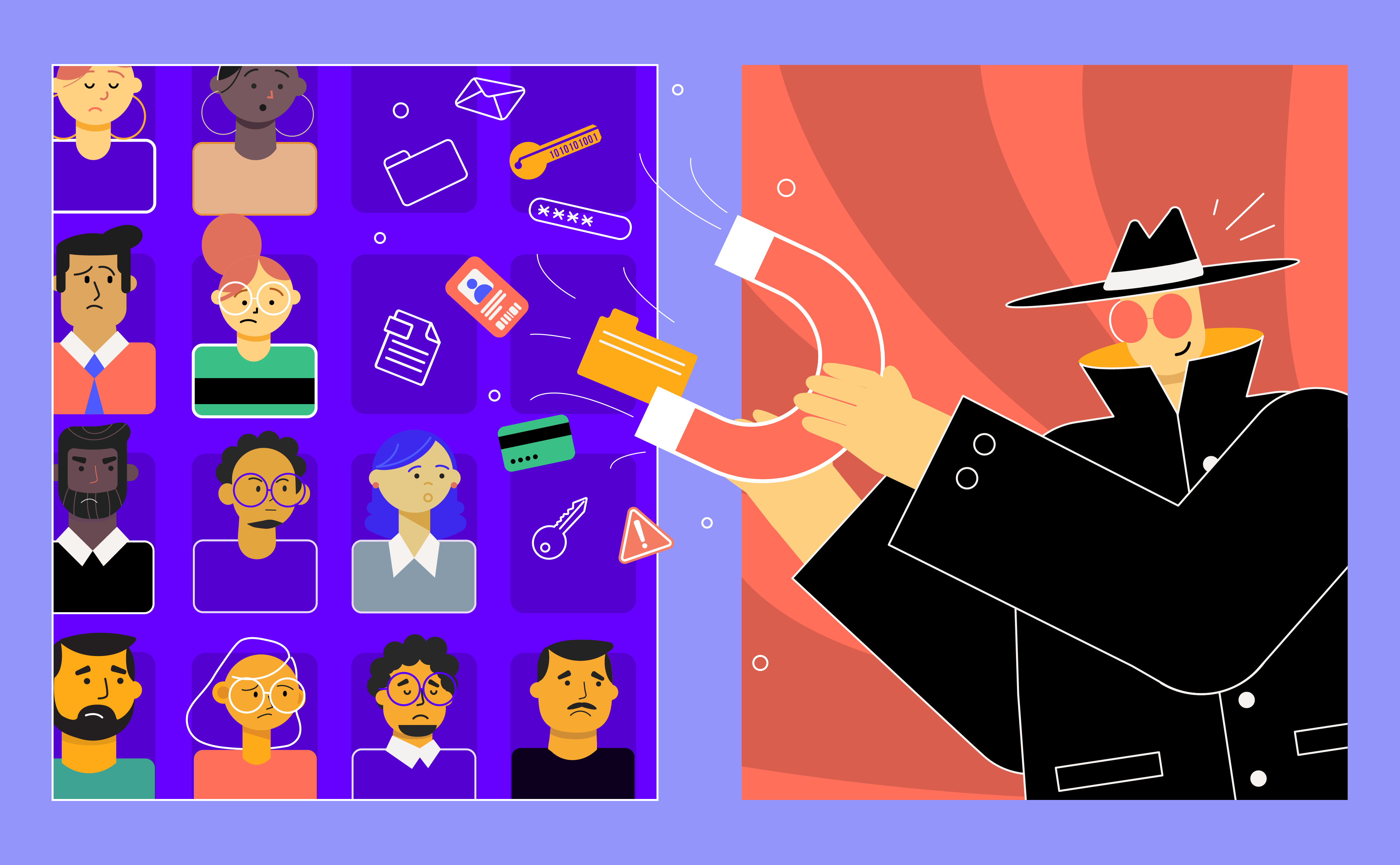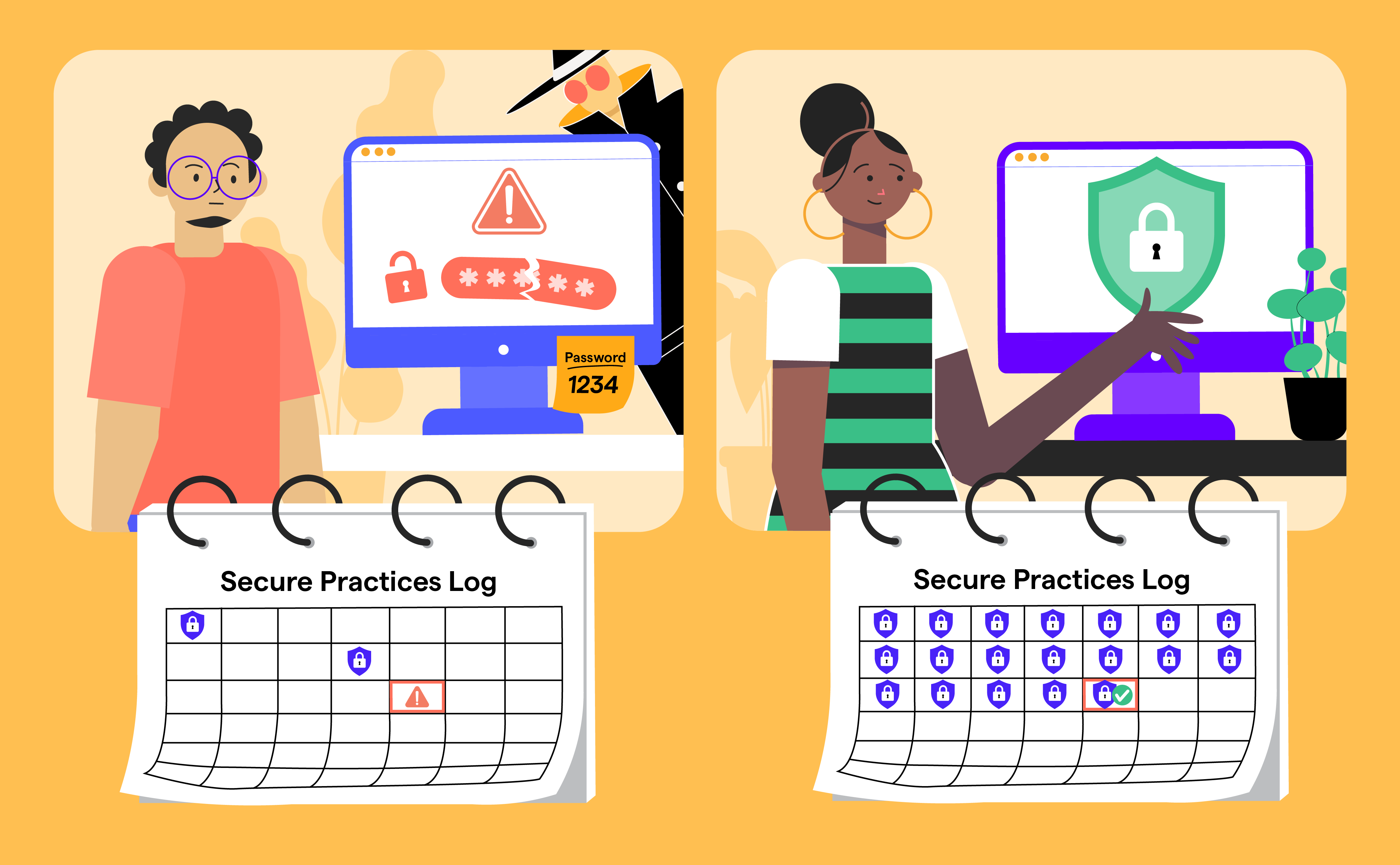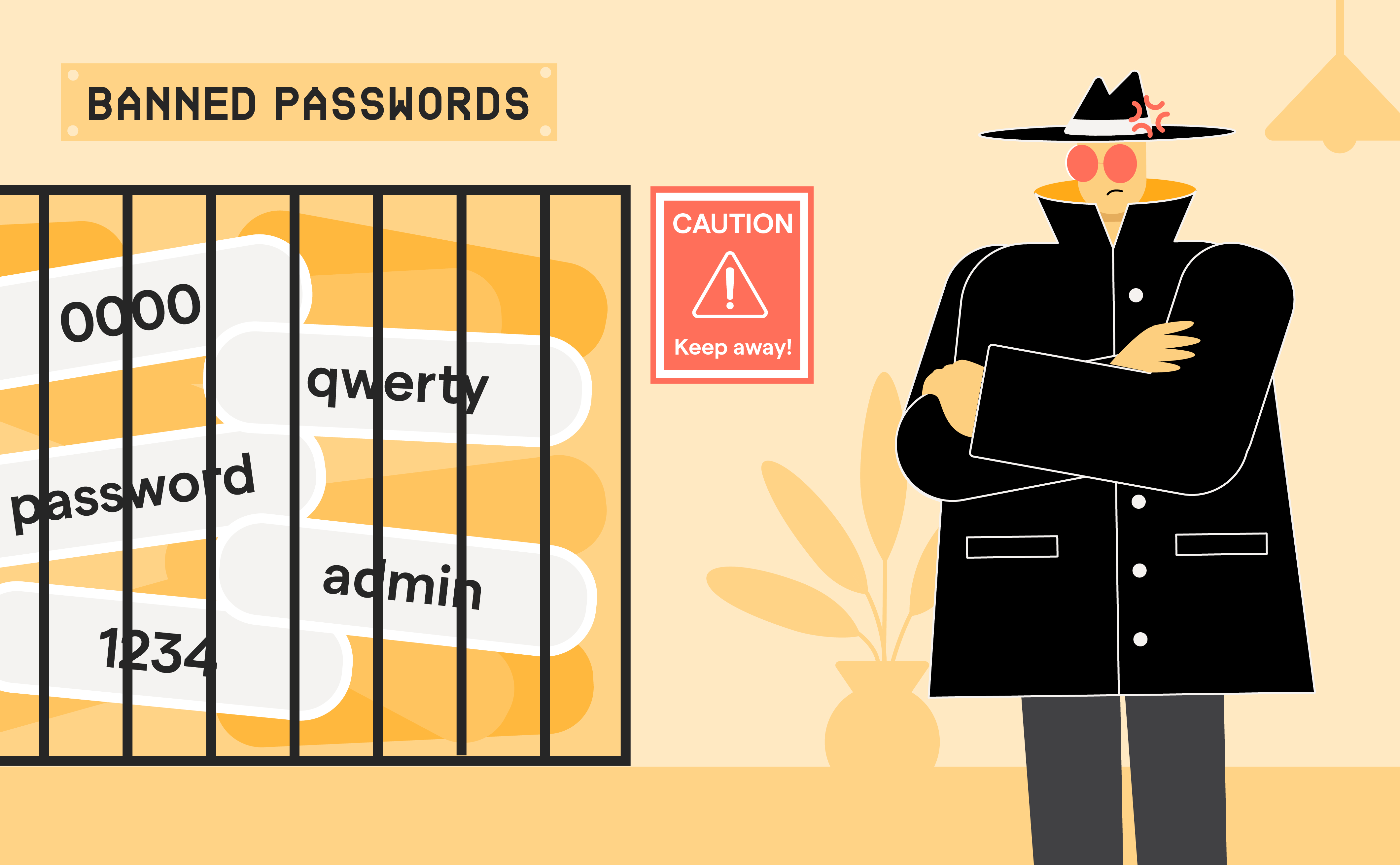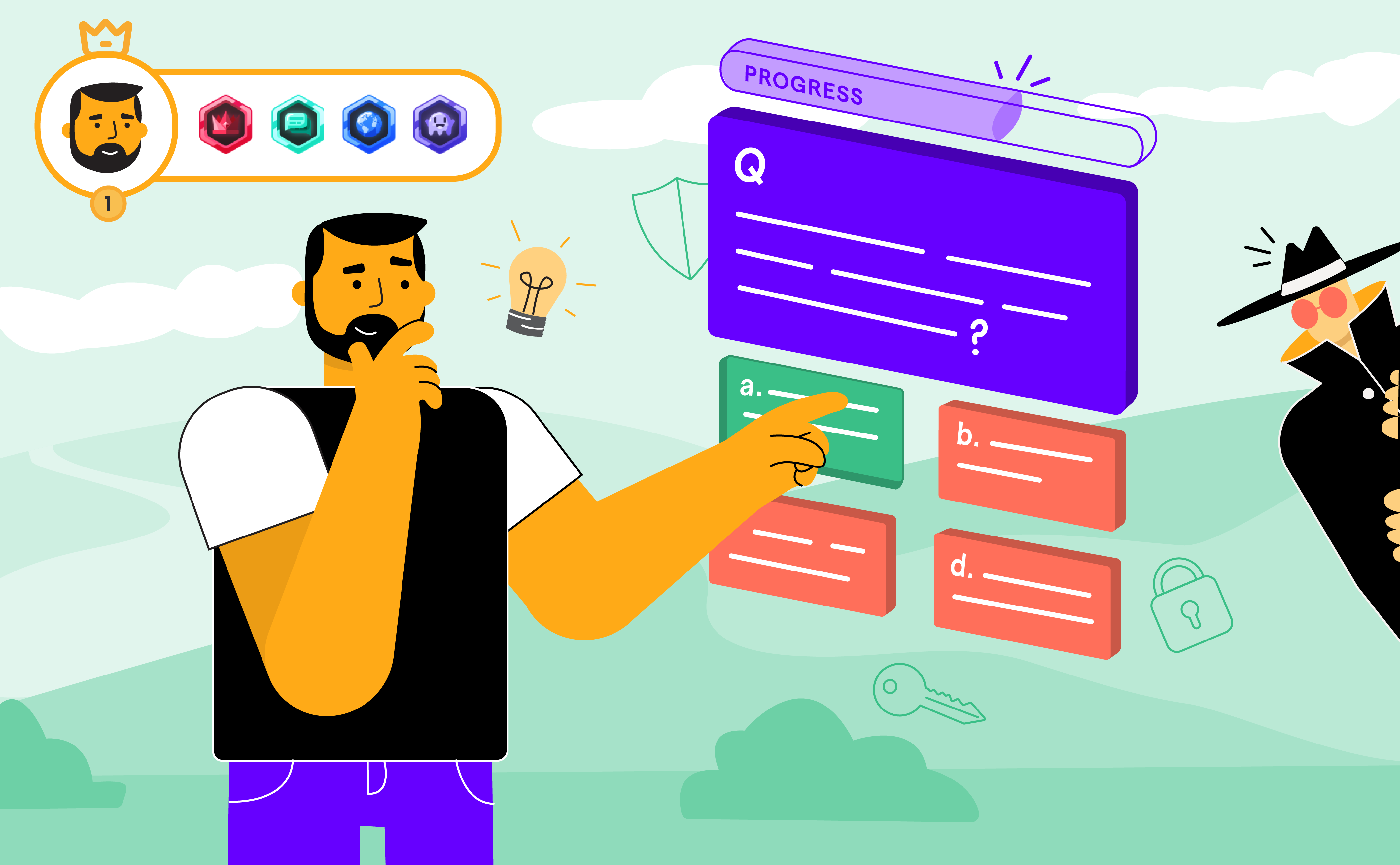
The Cyber Risk Within: Insider Threats
May 26

Experience OutThink
When we talk about cybersecurity threats, we often picture masked Anonymous-style hackers, ransomware gangs, or mysterious phishing emails. But what if the most dangerous threat isn’t outside your organization... it’s sitting right next to you?
That is the world of insider threats.
Yes! it’s as serious as it sounds and it’s a bigger problem than you might think. Insider threats are among the most complex and costly challenges in modern cybersecurity. They originate from individuals with authorized access to an organization’s systems, irrespective of their intentions.
According to Cybersecurity Insiders’ 2024 Insider Threat Report, 83% of organizations reported at least one insider attack in the last year - an alarming increase from previous years.
Now, What Is an Insider Threat?
An insider threat is when someone within your organization misuses their access to harm the company’s systems, data, or operations, either intentionally or unintentionally.
We’re talking about:
- Employees (current or former)
- Contractors
- Vendors
- Partners
Basically, anyone with access to your digital infrastructure. Sometimes, it’s an honest mistake. Other times, the motives prove more malevolent. Either way, the damage can be devastating.
The Ponemon Institute Report (2023) estimated the average annual cost of insider threats has ballooned to $16.2 million per organization, a 44% increase over the previous two years.
The Various Types of Insider Threats
- Negligent Insiders: These are individuals who unintentionally create risk through careless actions, such as misplacing a device, clicking on phishing links, or mishandling sensitive data. While they may not be driven by malicious intent, their behavior can still have serious consequences!
- Malicious Insiders: These individuals act with intent. Maybe they're disgruntled, maybe they're greedy. Whatever the motive, they purposely steal, leak, or sabotage company data. In 2023, two former Tesla employees leaked 100GB of internal data, exposing the personal details of over 75,000 people.
- Compromised Insiders: These are employees whose accounts have been hijacked by outside attackers. It might be through phishing or malware, but the end result is the same: access is weaponized. According to Verizon’s 2023 Data Breach Investigations Report, compromised insiders were responsible for 17% of breaches.
- Third-Party Insiders: Think vendors, contractors, or service providers who have access to your systems. If they’re careless (or compromised), your network is just as vulnerable. In the Marriott breach (2020), attackers used credentials from a third-party vendor to access over 5 million guest records.
Insider Threat Stories in the News
Let’s take a look at a few headline-makers:
- Yahoo Researcher Incident (2022): A scientist downloaded 570,000 pages of proprietary data right after accepting a job with a competitor. Yahoo didn’t catch it until weeks later.
- Microsoft GitHub Leak (2022): Employees accidentally exposed Azure login credentials. Had cybercriminals caught it, the breach could have been catastrophic!
- Rippling vs Deel Lawsuit (2024): Rippling accused a competitor, Deel, of planting a mole who stole internal Slack data, including strategic information and sales leads.
- Proofpoint Incident (2021): A departing employee stole confidential sales data and joined a competitor. Proofpoint sued for damages. (Source: Legal filings, 2021)
How Can You Spot an Insider Threat?
There are warning signs, if you know what to look for:
| Behavioral Red Flags | Technical Red Flags |
|---|---|
| Sudden changes in work habits | Large file transfers |
| Frequent off-hours access | Use of USB devices |
| Complaints about management | Accessing systems unrelated to their role |
| Attempts to access unauthorized data | Disabling security tools |
According to Microsoft, behavioral analytics and anomaly detection can catch insider threats early by establishing a "baseline" of normal user behavior and flagging deviations.
What’s at stake With Insider Threats?
It’s not just about stolen data. Insider threats can:
- Disrupt operations
- Expose sensitive customer info
- Result in lawsuits and regulatory fines
- Destroy your reputation
The financial impact is potentially staggering, as mentioned above. And don’t forget compliance risks. Under regulations like GDPR, HIPAA, and CCPA, a single leak could cost millions in fines.
Why Are Insider Threats So Hard to Prevent?
Because they involve trusted individuals.
Most security tools are built to keep outsiders out. But insiders already have access, they know your systems, your weaknesses, your processes. That makes detection tricky.
Also, 73% of organizations believe insider-related data loss will increase over the next year.
More worryingly?
The Ponemon Cost of Insider Threats Global Study (2020) notes that the average time to contain an insider threat is 77 days, plenty of time for damage to spread.
You Have More Control Than You Think
Tackling insider threats isn’t just about software or guards, it’s about understanding people. That’s where OutThink steps in. Here's how we help:
1. Human risk management:
It focuses on people first, identifying high-risk individuals and helping fix the root causes before they become security issues.
2. Behavioral analytics:
It uses AI and integrations with other security tools to monitor behavior in real time, flagging unusual access patterns or risky actions before they escalate.
3. Adaptive security awareness training:
Forget boring, generic training. OutThink delivers personalized training based on each employee’s role and behavior so that it's relevant to their day-to-day on the job.
4. Empowering a cyber-resilient workforce:
The OutThink platform cultivates a security culture in which everyone plays a role by collaborating with security teams through real-time feedback mechanisms within the platform. Your employees become informed and proactive defenders, not just users.
Bottom Line: You Need a Real Solution
Insider threats are also a human factor issue.
But people can also be your strongest and best defense. When employees are empowered, trained, and supported, they don’t just avoid mistakes, they stop threats in their tracks. They actively engage and collaborate with their security teams. Cybersecurity culture goes from a monologue to a dialogue.
Cybersecurity isn't everyone’s job, but everyone can be part of the solution. And it starts from within.


